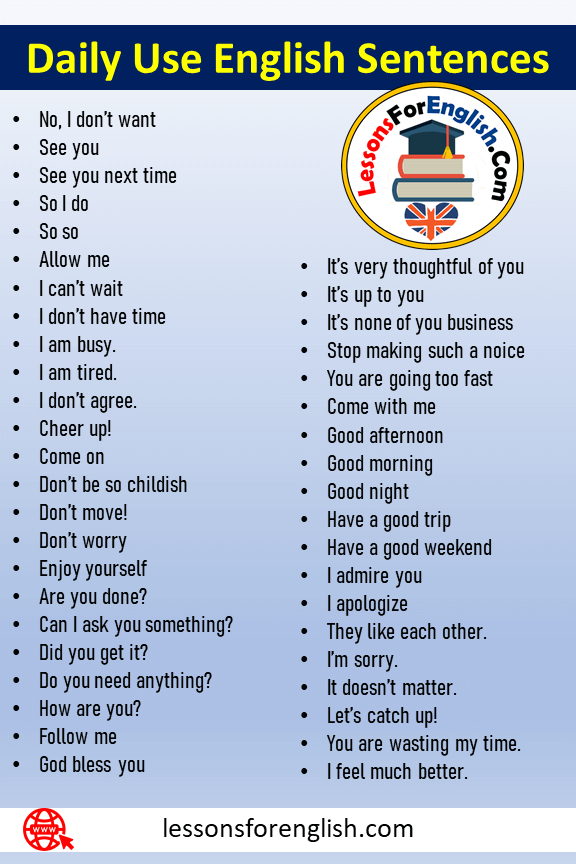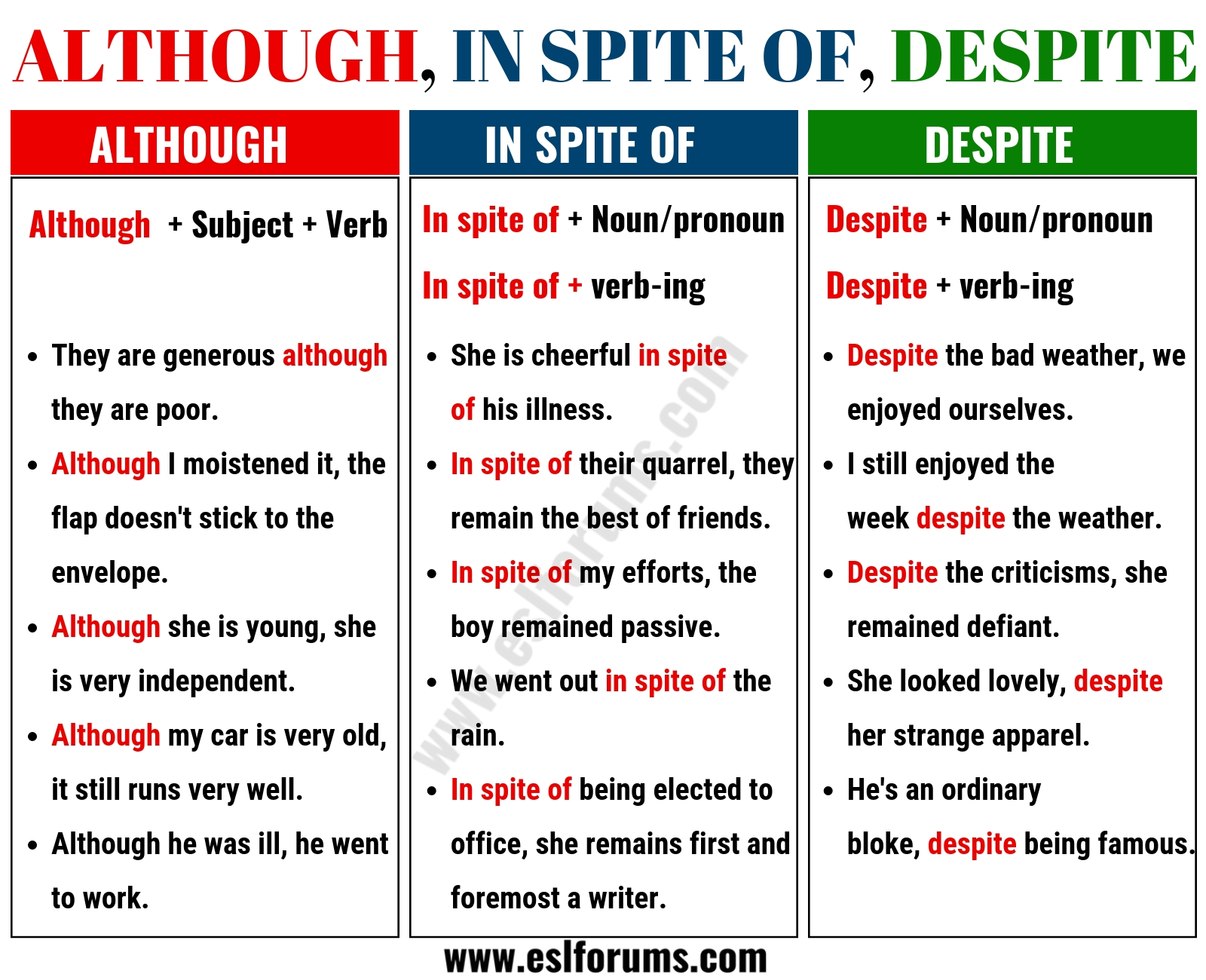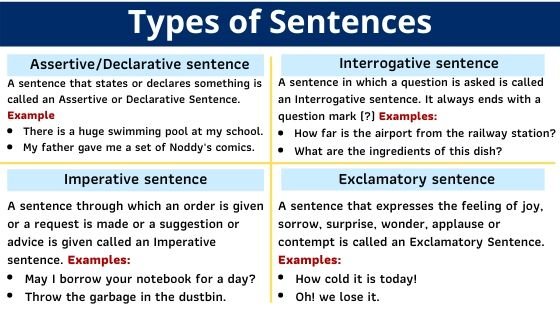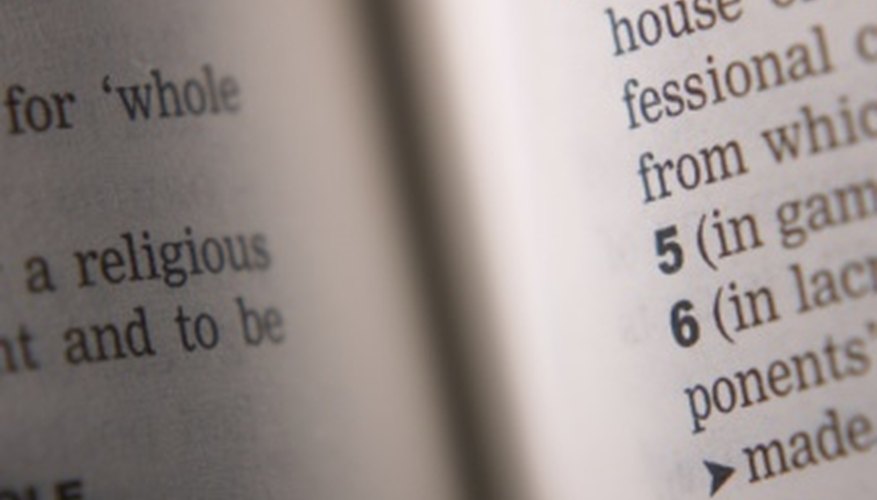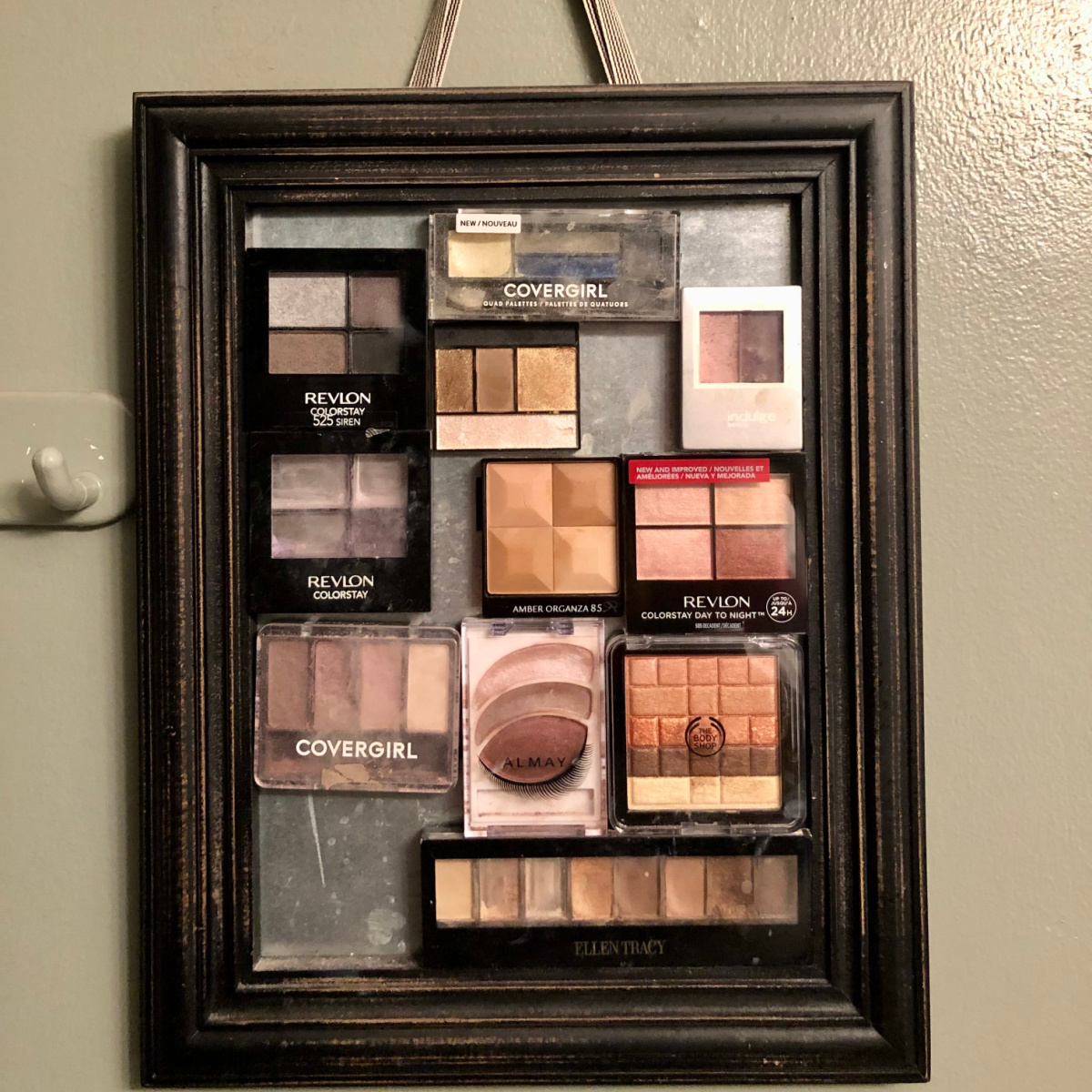Not only…but also is a way to create parallelism in a sentence. This expression is a correlative conjunction, and is useful for linking two closely connected clauses. Basically, it sets up two related elements of a sentence. You know you're using this pairing to correctly create parallelism when the same part of speech follows each part of the phrase.
For example, if a verb comes after not only, then a verb should come after but also . Similarly, if a noun follows not only, then a noun should follow but also . Use this construction to convey unexpected but related information. Normally, there is no comma in the construction not only…but also. This is because not only…but also is usually a correlative conjunction that helps create parallelism. Since correlative conjunctions don't require commas to separate the pairs in the phrase, there is no comma in not only…but also (Not only did they bring drinks but also desserts!).
However, you can add a comma to show additional emphasis, but this isn't required . In the end, adding a comma is a stylistic choice and not grammatically required. Adding a comma is a stylistic choice and not grammatically required. The construction of not only…but also is comprised of correlative conjunctions to create parallelism. A comma is not necessary to separate the pairs in this phrase.
The term both is commonly used in technical writing to indicate similarity between samples, datasets, or values. However, the dictionary definition of 'both' — "one and the other" — does little to clarify the meaning or proper use of this word. Furthermore, 'both' can be used as either a pronoun or a conjunction, and each of these contexts has its own grammatical rules. As a result, there is often confusion about how to properly use this term in technical writing. This post outlines a few simple rules governing the use of both.
Use a semicolon between two independent clauses that are connected by conjunctive adverbs or transitional phrases. The parts of the sentence are a set of terms for describing how people construct sentences from smaller pieces. There is not a direct correspondence between the parts of the sentence and the parts of speech -- the subject of a sentence, for example, could be a noun, a pronoun, or even an entire phrase or clause.
Like the parts of speech, however, the parts of the sentence form part of the basic vocabulary of grammar, and it is important that you take some time to learn and understand them. If you use the first part of the correlative conjunction not only, then you must use the second part but also. Conversely, if you just use the second part but also, then you don't need to include the first part not only.
In formal writing, you should use the entire construction not only…but also. However, in informal contexts, you can leave off the also and shorten the phrase to not only…but. As a conjunction, 'both' should only be used with 'and'; its use with other conjunctive phrases (e.g., "as well as" and "along with") is not preferred. The pairing of 'both' with 'and' forms a grammatical construct known as a correlative conjunction (other examples of correlative conjunctions are "either...or" and "not only...but also"). An adverb is a word that describes or modifies verbs,adjectives, clauses, and other adverbs.
We use it to give additional information about other words. The constructionnot only….but is called acorrelative conjunction. It is used to connect and emphasize 2 words or 2 phrases at the same position.
Both two phrases are being presented by the writer as surprising or unexpected, with the second one being even more surprising than the first. We use "not only but also" to give more information. A correlative conjunction, like not only/but also, is used to connect balanced words or phrases in a sentence. When using 'not only' and 'but also' in a sentence, remember that they must have parallel structure, or include the same parts of speech for each piece of information. These examples show the general benefit of careful placement of the correlative conjunctions. Though none is likely to confuse people, the third is the tidiest.
Some style authorities consider this tidiness an essential point of courtesy, but sentence structure is not something most readers pay much attention to – unless it's a mess. There are many conjunctive adverbs – in fact, there are many more of these than there are common conjunctions. Here is a comprehensive list of conjunctive adverbs. Use a comma behind conjunctive adverbs when they appear at the beginning of a sentence's second clause.
The only exception to this rule is that no comma is necessary if the adverb is a single syllable. Maintaining parallel structure helps you avoid grammatically incorrect sentences and improves your writing style. Although lack of parallelism is not always strictly incorrect, sentences with parallel structure are easier to read and add a sense of balance to your writing. More complex sentences also have other elements, including adjectives, adverbs, prepositions and conjunctions. The conjunctive adverb however signals a connection between two independent clauses, and commas should not be used to connect independent clauses if there is no coordinating conjunction. Since they are pronounced the same, you don't have to worry about mixing up to and too in speech.
But there's an easy way to make sure you're using the correct word. You can do the same to make sure that your toos are indeed toos and not tos. Not only…but also is a correlative conjunction, or words or phrases that work together to link words, clauses, or phrases.
They are similar to coordinating conjunctions but show a stronger connection between the linked ideas. The point of punctuation should be to facilitate clarity. As an EFL teacher, I am often asked for definitive rules of grammar and usage or to explain descrepancies among grammar books. I usually point out that for some languages (e.g. Spanish) there is a "Supreme Court" institution that has the final say on what is correct, but English has no such final authority.
To a degree, common usage among popularly respected authors often tends to guide and dictate what is "correct". I ain't no expert, but that there's how I reckon it. The word "also" means "too" or "in addition." Normally, the word "also" goes before a simple past or present tense verb, but goes after the verb "to be" and any auxiliary or modal verbs. The other thing to notice is that when conjunctive adverbs come at the beginning of a sentence, they are followed by a comma, and "also" is no exception.
She was Uncle Burney 's father's sister and also his mother's sister.He did some work for the New York Public Library... If a conjunctive adverb appears in the middle of a clause, it should be enclosed in commas most of the time. This is not an absolute rule and does not normally apply to short clauses.
Always use a period or semicolon before the conjunctive adverb when separating two independent clauses. Conjunctive adverbs are not strong enough to join independent clauses without supporting punctuation. 'That' clauses can introduce a phrase acting as the subject of a sentence. This use of 'that' clauses is somewhat formal and is not common in everyday speech.
It is perfectly acceptable to start sentences with the conjunctions and and but. If formality is your goal, choose more formal language. In affirmative sentences the word order is subject + verb and the form of the verb in the simple past is the same for all subjects (with the exception of 'to be' – was/were).
These words, as you'll soon discover, perform many different functions in the English language. But sometimes they are difficult to identify, as there isn't a set rule on where describing words go in a sentence. After reading this article, you'll understand how to creatively express yourself using describing words. You'll also know how to identify when someone uses a describing word in writing or speaking. After reading this guide, check out thisinformative reference. Had had is the past perfect form of have when it is used as a main verb to describe our experiences and actions.
We use the past perfect when we are talking about the past and want to refer back to an earlier past time, Madiini. In these examples, note the use of before, after, already and by the time as a trigger for the past perfect. Note also that the contracted form of had had is 'd had. A simple sentence with "also known as" contains a subject and a verb, and it may also have an object and modifiers. However, it contains only one independent clause. Despite the apparent simplicity of these correlative conjunctions, there is uncertainty and disagreement over the suitability of their use and the correctness of their placement.
Much of this discord relates to the need for parallelism and sentence balance. I'll look at that later in the post, but first I'll give an overview of how the conjunctions are used. Using also at the start of a sentence, whilst sometimes being frowned upon in formal writing, is okay if you are continuing a train of thought. Issues arise if the thought is fragmented and unrelated to the rest of the information present. It's also slightly more informal than some of the other words such as furthermore, which can be used instead. Similar to other grammar issues, try and avoid using it in consecutive sentences.
The following exercises will help you gain greater understanding about how conjunctive adverbs work. Choose the best answer to complete each sentence. Related to the use of 'that' clauses as a subject is the more common phrase "The fact that..." to introduce a sentence. While both forms are correct, it is much more common to begin a sentence with the phrase "The fact that...." As a pronoun, one can also function in an impersonal, objective manner, standing for the writer or for all people who are like the writer or for the average person or for all people who belong to a class. In the United States, one sometimes has a literary or highfalutin feel to it; the more it is used, the more pretentious it feels.
In British English, the use of the impersonal or generic one is more commonplace and has no such stigma. This page describes the main elements of grammar in English. Other European languages have similar roots, and therefore similar conventions, although the placing of verbs and nouns may vary.
However, in other languages, there may be very different elements of grammar. It is wise to have at least a broad awareness of grammar before you start writing in any language. Write two sentences using a subject noun or pronoun and an object noun or pronoun.
Note that some pronouns take different forms depending on whether they are being used as the subject or the object of the sentence. Notice that each example describes the sentence verb and not thenoun; adjectives help describe nouns, not adverbs. Direct ObjectI hope the Senators win the next game.No Direct ObjectDid we win?
Subject ComplementsIn addition to the transitive verb and the intransitive verb, there is a third kind of verb called a linking verb. The word which follows a linking verb is called not an object, but a subject complement. A compound-complex sentence with "also known as" contains at least two independent clauses and at least one dependent clause. A complex sentence with "also known as" contains at least one independent clause and at least one dependent clause. Dependent clauses can refer to the subject the sequence/time , or the causal elements of the independent clause. Were may be formally correct, but because the subjunctive mood has largely fallen out of common use, was may slip into yours and others' speech at times.
A telltale sign that you're working with the subjunctive mood is the word if, because this suggests a hypothetical. "If I were to go shopping, I could search for spices," for example. It doesn't matter if the subject is singular or plural, or if it's first, second, or third person. If you're using the subjunctive mood, the grammatically correct past tense of to be is were. "Also" is informal when used at the end of a sentence. We use it in spoken English because the rules for speaking are much more relaxed than those for writing.
It's not common that you'll come across "also" at the end of a sentence. You would usually choose to use the comma in more formal writing pieces to emphasize that the information is an additional thing. You do not need to place a comma before "also" when using it in this way. It means "In addition to" and is a part of the main clause of the sentence. However, the comma before "also" is optional based on your style of writing. You can put not only at the beginning or in the middle of a sentence.
When you start a sentence with not only, the phrase is the beginning of an introductory clause and is acting as the first part of a correlative conjunction. As a result, not only must be followed by but also . When it appears in the middle of a sentence, not only usually comes after the subject and the verb . However, it can also come between the subject and the verb . #3 and #4 are the most correct, though I would omit the comma in #3. The others are all non-parallel in various ways and to varying degrees.
In less formal contexts it's sometimes better to omit the 'but' when you're repeating the grammatical subject (in this case 'we'), as in #1. The word is an adverb, & not a conjunction ; nevertheless, it is often used in the latter capacity where and , but also, or as well as, would be in place. You see, the natural sentence should have been "The improvement of one's writing ability is also necessary," where "also" is an adverb that does not take a comma on either side. When it comes to our writing, we don't often know all the rules. This is especially true when it comes to starting sentences with different parts of speech.
We also do different things and follow different rules when we speak versus when we write, and the two can get carried over. With all that in mind, we'll discuss whether or not you can start a sentence with also. Browse other questions tagged word-usage adverbs word-order . The conjunctive adverbs in the following examples are in bold for easy identification. In the examples below, "both...and" is used as a conjunction relating two nouns, two adjectives, and two verbs, respectively. Write two examples of nouns and verbs, and then combine them to form sentences.
